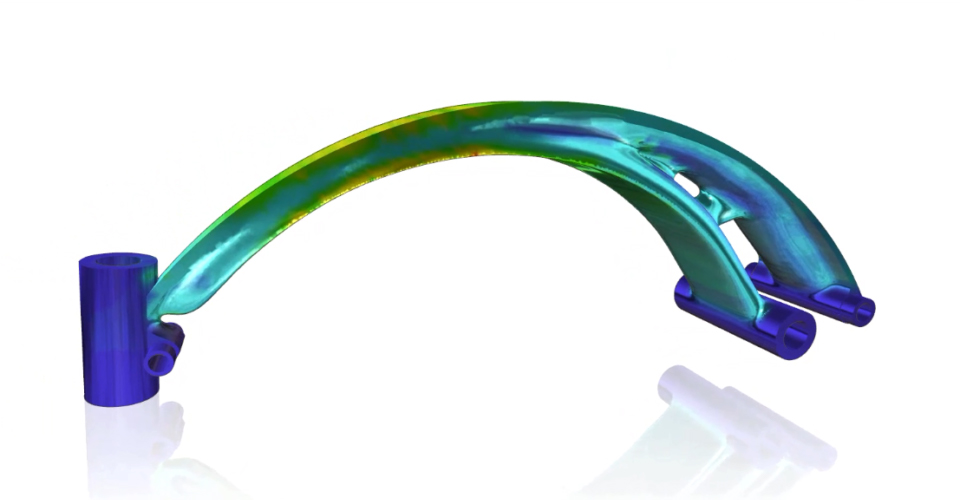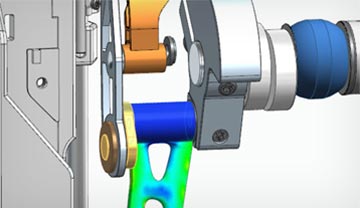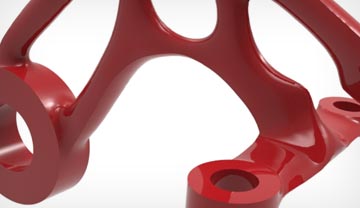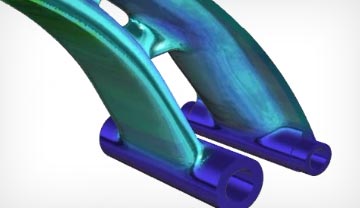
eBook
What is Generative Design?
Generative design is used across many disciplines—design, architecture, art, and more. It allows you to create designs with the help of an algorithm. Particularly valuable in product development, this design method enables you to generate a component shape with the most efficient use of material, while considering conditions such as packaging space and manufacturing requirements.
Capabilities
Generative Design Software Bolstered by Topology Optimization
Generative design builds upon the traditional design approach by applying computing power and optimization techniques to component design. Generative design helps designers reduce both the weight and amount of material used for a specific component, while maintaining its structural integrity. Our solution for generative design allows you to replace small assemblies with a single component, reducing manufacturing costs and bill-of-materials complexity. Performing a generative design study can result in interesting new design ideas that can be incorporated into your traditional design process.
From the beginning, we knew generative design software would save us weight, give a unique look to the part, and differentiate it from parts we’ve made in the past.”
Craig Hall, Owner, Hall Designs
Video
See Generative Design Software in Action
Our advanced topology optimization solution helps designers create lighter components, minimize manufacturing material waste, and create highly customized designs especially suited for high-resolution 3D printing.
In this demonstration, we show you how Solid Edge continues to deliver innovation in product development with built-in generative design capabilities. Generative design produces an organic, reduced-mass geometric solution of a specific material optimized within a defined space, accounting for permissible loads and constraints.
FREE Software



